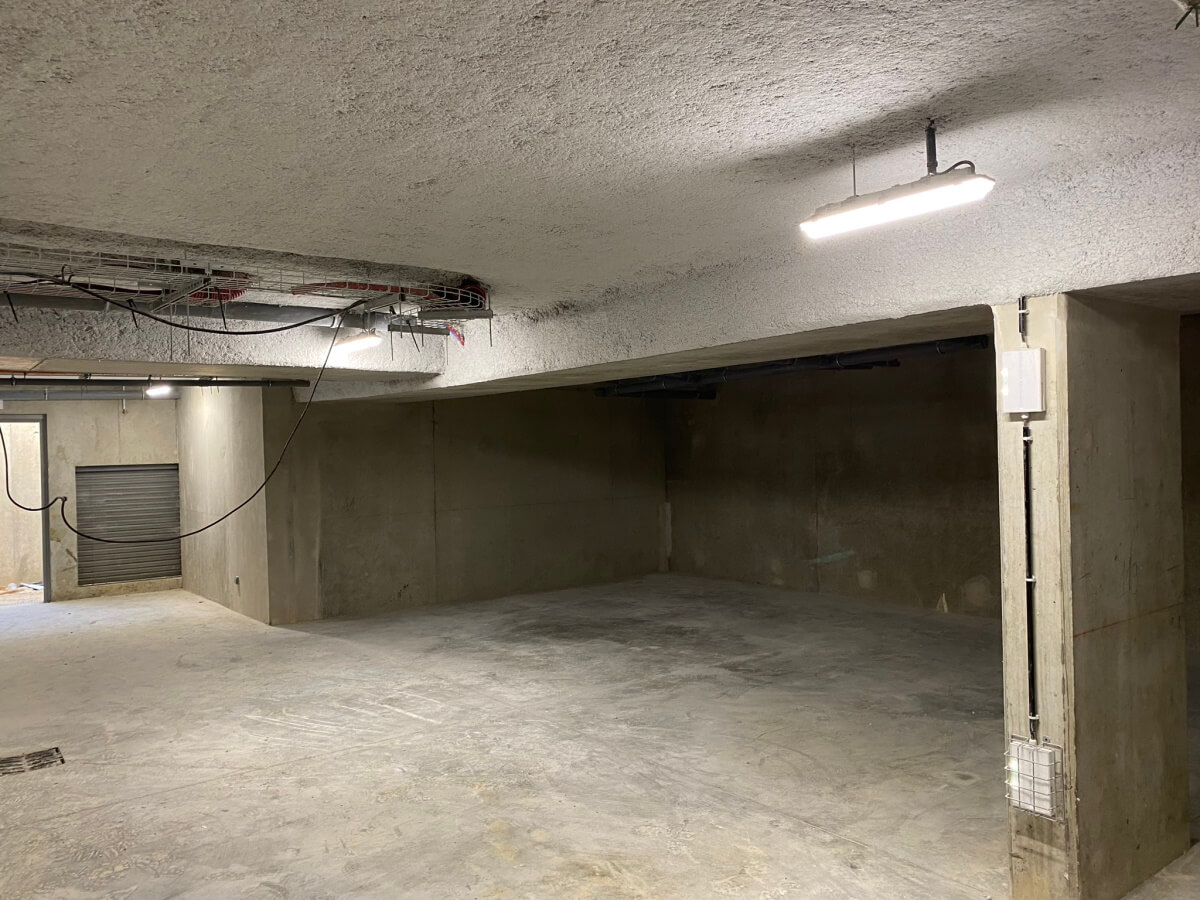Importance of thermal insulation
Thermal insulation refers to all materials and techniques used to insulate and limit heat transfer between cold and hot environments, i.e. thermal insulation of roofs, ceilings, walls, floors, cladding. Thermal insulation is used in the textile, automotive, industrial and, of course, construction sectors. Insulation improves thermal performance, thereby helping buildings maintain a comfortable indoor temperature.
Spray-on thermal insulation limits thermal bridges
A global approach should be taken when planning building insulation works, paying close attention to thermal bridges. Even where high-performance insulation products are used, the existence of areas with lesser or no protection in the building's thermal envelope creates thermal bridges that cause excessive heat loss, damp spots and, therefore, higher energy consumption.
Due to its application method, spray-on thermal insulation can cover the entire surface to be insulated, creating a continuous coating that limits thermal bridges.
Spray-on thermal insulation, also referred to as flocking, consists in the pressurised application of mineral wool fibres combined with a binder, using special machines, aimed at achieving excellent thermal insulation performance.
thermique.
Benefits of applying thermal flocking to a building
Applying flocking or spray-on insulation to a building helps to reduce:
- Its energy consumption, thereby saving energy
- The emission of greenhouse gases
- The risk of condensation
- - Temperature differences, thus ensuring stable thermal comfort all year round.

